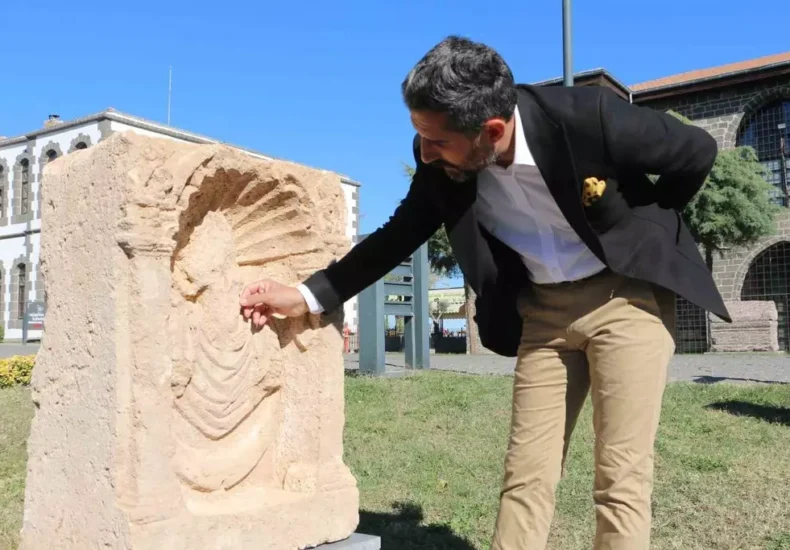
1,800-Year-Old Cybele Statue Rescued from Looters Now Displayed at Diyarbakır’s İçkale Museum
A 1,800-year-old limestone statue believed to represent the Mother Goddess Cybele — once nearly cut apart by looters — has been meticulously restored and placed on public display in the garden of Diyarbakır’s İçkale Museum. Originally brought from Şanlıurfa in 1935, the piece was saved from smugglers by the gendarmerie and now features in the museum’s Road of Civilizations project, which aims to bring previously unseen artifacts into view.
Founded in 1934, the Diyarbakır Museum is among Türkiye’s oldest and most significant cultural institutions. Through the Road of Civilizations initiative, nine ancient sculptures have been reintroduced to visitors, including the Cybele statue — an exceptional 1,800-year-old artifact carved from Şanlıurfa limestone.
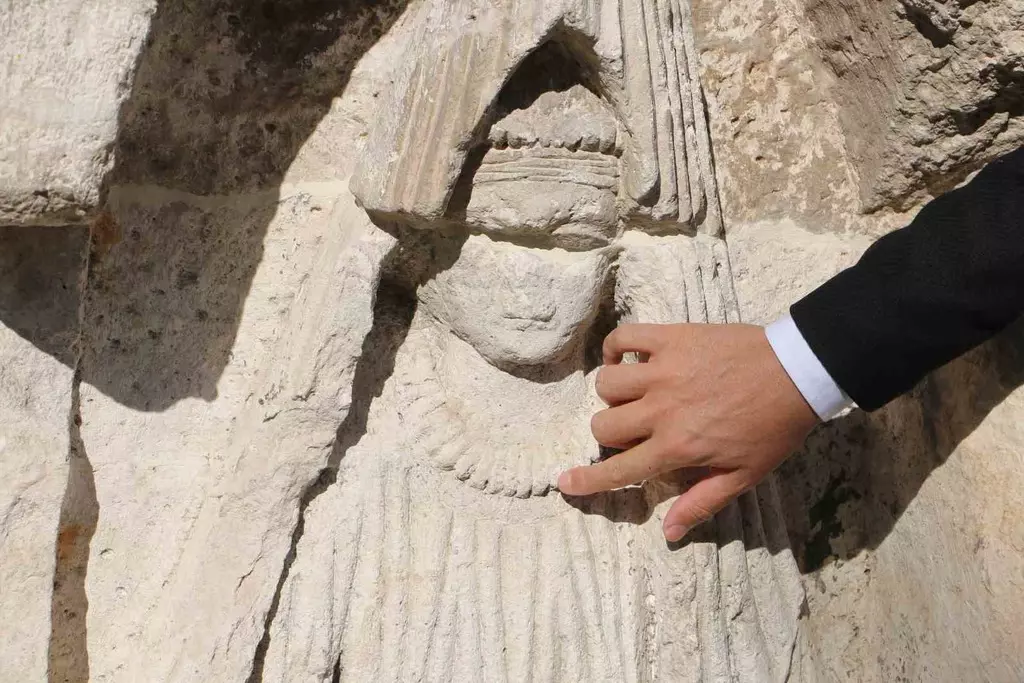
According to museum director Müjdat Gizligöl, the statue had once been targeted by treasure hunters attempting to saw it into pieces for illicit sale. “The smugglers separated the head and had begun cutting the back when the gendarmerie intervened. Thanks to that quick response, the artifact was saved before being destroyed,” he said.
After its rescue, the statue was restored by conservators, who carefully reattached the head to the body. It now stands complete in the museum’s open-air exhibition area, symbolizing both the endurance of Anatolian heritage and the ongoing fight against cultural smuggling.
📣 Our WhatsApp channel is now LIVE! Stay up-to-date with the latest news and updates, just click here to follow us on WhatsApp and never miss a thing!!
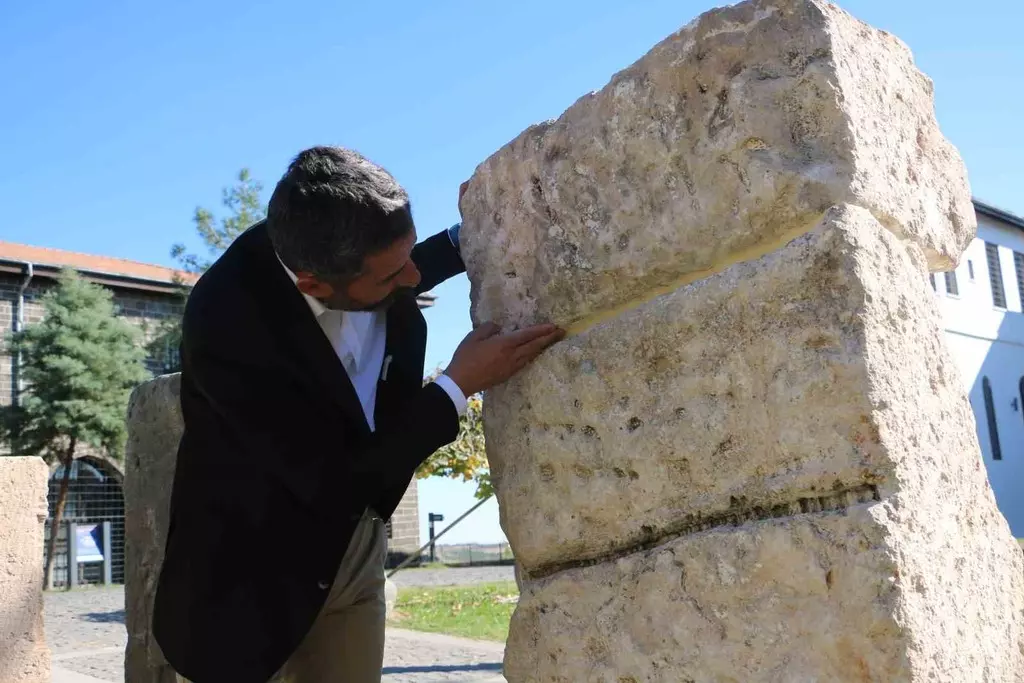
The statue depicts a female figure seated within a deep circular niche, likely representing Cybele — the ancient Anatolian Mother Goddess. In front of her stand two smaller figures, possibly children, their hands joined at the abdomen. Although their faces are damaged, stylistic parallels with other Cybele representations reinforce this identification.
The cult of Cybele stretches back to Neolithic Anatolia, with its earliest traces found in Çatalhöyük. Revered through Hittite, Phrygian, and Roman traditions, she personifies fertility, nature, and continuity of life — enduring as one of the region’s most powerful spiritual symbols.
Gizligöl concluded with a call for awareness: “Cultural heritage belongs to all of us. If someone encounters a historical artifact, it is essential they report it to the nearest museum rather than attempting to move or sell it.”
Cover Photo: Diyarbakır Museum Acting Director Müjdat Gizligöl examines the restored 1,800-year-old limestone statue believed to depict the Mother Goddess Cybele, now on display in the garden of İçkale Museum. Credit: IHA
You may also like
- A 1700-year-old statue of Pan unearthed during the excavations at Polyeuktos in İstanbul
- The granary was found in the ancient city of Sebaste, founded by the first Roman emperor Augustus
- Donalar Kale Kapı Rock Tomb or Donalar Rock Tomb
- Theater emerges as works continue in ancient city of Perinthos
- Urartian King Argishti’s bronze shield revealed the name of an unknown country
- The religious center of Lycia, the ancient city of Letoon
- Who were the Luwians?
- A new study brings a fresh perspective on the Anatolian origin of the Indo-European languages
- Perhaps the oldest thermal treatment center in the world, which has been in continuous use for 2000 years -Basilica Therma Roman Bath or King’s Daughter-
- The largest synagogue of the ancient world, located in the ancient city of Sardis, is being restored



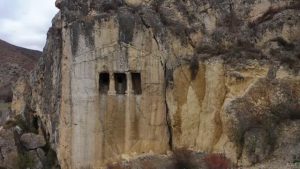


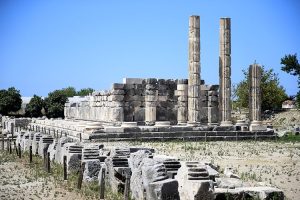



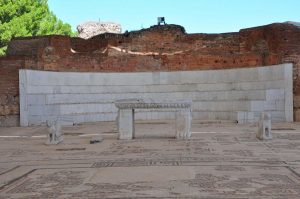
Leave a Reply